Introduction (1)
Respondents were made to select a number of problems. These problems ranked from finance, to the controversy surrounding the sitting of development projects in the districts. From the data, majority of the assembly members believe that the thorniest problem that faces the district assemblies is finance.
A total of 753 assembly members selected finance as their top-most problem, or as their second or third most important problem. Inadequate infrastructural development was another major challenge facing the districts. This was followed by chieftaincy/land disputes.
Knowledge of Functions of the District Assemblies (2)
As a way of assessing knowledge level on functions of Assemblies, respondents were asked to name some of the functions of District Assemblies. Of the 5,680 respondents as many as 300 did not answer this question, implying that they did not know any function of the District Assembly. Among the functions mentioned by respondents are that: Assemblies Are agents of development, agents of decentralized organs for revenue generation and mobilization, bodies for control of the environment, organs for the maintenance of law order, peace and security, and as organs for public education.
Knowledge of Assembly Members
The survey indicates that the level of action between the general public and their appointed or elected representative in Assembly is considerably high. Data from the field suggest that for every 10 persons in an electoral area in the country, nine have personally met their Assembly Member. Out of the 4,692 non-assembly members who answered this question in 57 Districts, 4,391 or 93.6% said they did know their Assembly members.
Assessment of Performance (3)
The survey reveals that on individual basis many people are generally satisfied with the performance of their Assembly members. Indeed, 2,220 or 47.3% of the 4,692 respondents said they were satisfied with the performance of their assembly members. On the other hand 1635 or 34.8% of respondents said they were dissatisfied with the performance of their assembly members.
Two thousand and seventy-two or 93.3% of the 2,220 respondents who expressed satisfaction with the performance of their assembly members said they have permanent residences in the districts where they were interviewed. One hundred and eleven or 5% of the respondents are often in the district whilst 32 said they sometimes live in the district. Of those who expressed dissatisfaction quite a number of them were permanently living in the District.
Revenue Generation (4)
A very important aspect of the survey was to elicit from the general public the types of taxes paid by respondents. The data revealed a long list of taxes paid. Among this are: Basic Rate, Income Tax, License/Store Fees, Kiosk Rent, Property Rate, Market Toll-, Hawkers license, Toilet Fees, Bar Operation License, Lorry Park Tolls, Street/light/water Levy, Special Levy, and Birth and Death Registration. Of these taxes the most popular is the Basic Rate.
Four thousand, six hundred and ninety-nine non-assembly members said they pay their Basic Rate. In the Sene District 96 out of the 100 respondents said they have paid, while in Kintampo District, 95 out of the 100 respondents paid same. The district with the least number of Basic Rate paying respondents was Jirapa-Lambusie where only 41% of the respondents paid. Of other taxes, Income Tax was paid by more respondents in Ashanti than any other region.
There, 125 or 18.9% of the respondents paid that tax. The other regional distribution shows that Brong Ahafo was next with 121 or 18.4% of respondents paying, while in Upper West only 16 or 2.4% of respondents paid this type of tax. Respondents in Ashanti Region were also in the majority among the Property Rate respondents; 541 or 27.8% of them said they paid Property Tax.
Basic Rate
The survey sought to find out whether respondents were fulfilling their civic obligations to pay their Basic Rate to their Assemblies.
Analysis reveals that majority of respondents claimed they paid Basic Rate. Out of 5,680 respondents 4,936 or 86.-9% said they paid, while only 744 or 13.1% did not pay. Respondents in urban areas were in the majority among those who claimed they pay their basic rate. In Kumasi out of the 200 respondents 165 said they paid the Basic Rate.
In Shama Ahanta East 68% of the 200 respondents claimed same. On the important question whether or not there should be an increase in the basic rate, the majority opinion seems to be that the current (200 cedis was too small and must be increased. Out of 5,680 respondents 3,037 or 53.5% expressed the view that the amount must be increased. On the other hand, 2,572 or 45.3% were not in favour of increasing the amount.
Reasons provided for not being in favour of the increment included ineffectiveness of many district assemblies in collecting the Basic Rate and the lack of information on the use of the current Basic Rate collected. Of the districts that were not in favour of the increment Amansie East had the highest number of respondents; there 64% of the respondents said no.
They were followed by Keta and Kwabre Districts where 63 each out of the 100 respondents were against the increment. In contrast, however, 90 out of the 100 respondents in Asuogyaman were in favour of the increment and in Juabeso-Bia, 78% of the respondents said yes. In Suhum, 78% were of the same opinion.
Assemblies Common Fund (5)
The survey attempted to elicit from the general public information on knowledge of projects funded from their District Assembly’s share of the Common Fund. Of the 5,680 respondents, 58.2% claimed knowledge, whilst 1,375 or 24.4% indicated no. One thousand or 17.6% were unable to provide any answer. Whilst expressing knowledge of Common Fund projects quite a number of respondents were unhappy about the way the Common fund was being used.
Among complaints made by Assembly members was the lack of transparency in the use of the common fund. In fact almost 40.5% of respondents said there were no fair deliberations on the use of their assembly’s share of the common fund. As a way of improving the management of district assembly common fund, respondents called for regular publicity on the size of every assembly’s common fund and its disbursement procedure. It was also suggested that special meetings be held between assembly members and the electorate to solicit views on the use of the fund; sub-committees should also be formed in each electoral area to handle all issues on common fund.
Other suggestions were that there should be regular auditing of the assembly’s Common Fund, and that the Ministry of Local Government and Common Fund Secretariat take more interest in the use of Common Fund so as to nib in the bud or quickly detect any possible misappropriation of Common Fund proceeds.
Women's Participation in Assemblies Work (6)
Information on the participation of women in the work of assemblies indicate that majority of respondents believe that women’s participation and interest was low. Out of 5,680 respondents 2,373 or 41.8% said women’s participation was low. This opinion is shared not only by men but by women themselves. Out of 2,117 women respondents 868 or 41% who answered the question said the enthusiasm and the involvement of their kind in the work of the assembly was low. Of those who said women’s participation was high, majority were from urban districts. Out of the 473 respondents in this category 35 came from Accra and 33 from Shama Ahanta East.
Unit Committees (7)
The survey reveals that a lot of people know about Unit Committees. Out of the 4,692 respondents, 3,746 or 79.8% said they were aware of the constitutional/ legislative provisions on the establishment of the unit committees as part of the decentralisation programme. Many more respondents in the urban areas seem to know more than those in the rural areas.
Of those who knew about the provision, majority believe that its institutionalisation would increase the level of participation in decision-making at local level. Others saw it as a positive addition to the decentralisation effort of the government.
Achievement (8)
On the issue of achievement by the assemblies, the research focused on four areas. Majority of respondents opined that, the provision of social amenities by district assemblies stands out as the most remarkable achievement.
Out of the 5,680 people interviewed, 4,997 or 87.9% expressed the view that the provision of social amenities, which in turn improved the general living standards of ordinary people in deprived communities, is most laudable.
It should be noted however that, it is possible some of the 4,997 respondents also chose some other one, two or three areas they believed assemblies had made tremendous achievement. Out of the 4,997 persons who mentioned social amenities, 2,493 or 50% said the provision of social amenities is the most outstanding of all.
In other words, 2,493 people chose social amenities as their number one; 1,873 or 37.4% chose social amenities as their second most important achievement, and 123 or 2.5% regarded the provision of amenities as the fourth in terms of ranking.
Performance of District Assemblies (9)
Of the 5,680 respondents nationwide, 480 or 8.5% were of the view that, the district assemblies had performed excellently so far. Another 2,799 or 49.3% thought that their performance had been good. From the above figures, it is observed that more than half the total number of respondents acknowledge the credible performance of district assemblies.
To some 1,634 respondents who constituted 28.8% of all respondents, the district assemblies have only performed fairly. Only 698 or 12.3% of respondents thought the assemblies had performed poorly. More men than women, perceived the assemblies’ performance as poor.
Date Created : 11/25/2017 2:29:52 AM


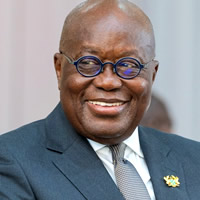
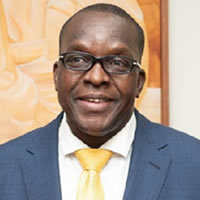
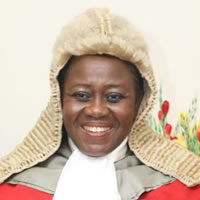


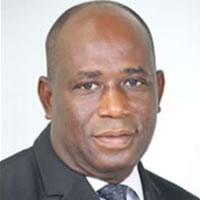
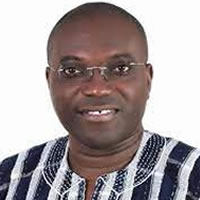
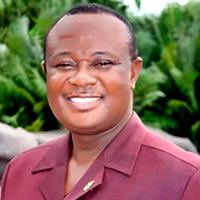
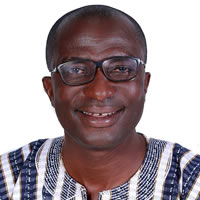
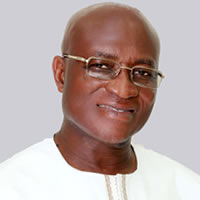
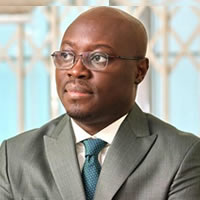




 facebook
facebook X (twitter)
X (twitter) Youtube
Youtube +233 593 831 280
+233 593 831 280 0800 430 430
0800 430 430 GPS: GE-231-4383
GPS: GE-231-4383 info@ghanadistricts.com
info@ghanadistricts.com Box GP1044, Accra, Ghana
Box GP1044, Accra, Ghana